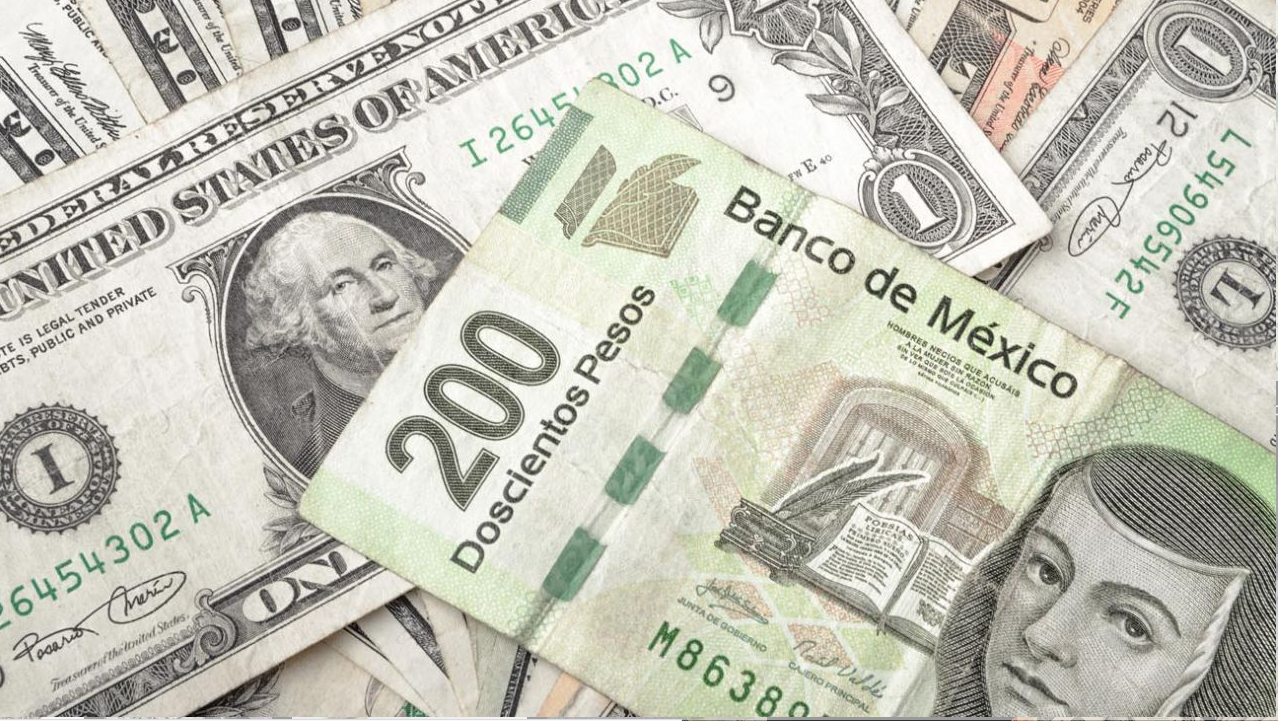Ignacio Teson•Tuesday, January 14, 2025•1 min read
Add an article to your
Reading List
Register now to be able to add articles to your reading list.
”
aria-hidden=”true”>
Share in Facebook
“>
The Mexican peso appreciated against the U.S. dollar during Tuesday’s trading session, supported by lower-than-expected U.S. producer price data and reports suggesting a gradual implementation of tariffs by the incoming U.S. administration.

The exchange rate closed at 20.5311 pesos per dollar, up from 20.7235 pesos in the previous session, according to data from the Bank of Mexico (Banxico). This represents a gain of 19.24 cents or 0.93% for the USD/MXN.
USD/MXN
Market Movements
The dollar traded in a range between a high of 20.6704 pesos and a low of 20.4532 pesos. Meanwhile, the U.S. Dollar Index (DXY), which tracks the greenback against a basket of six major currencies, fell 0.36% to 109.21 points, reflecting weaker dollar demand globally.
The U.S. Department of Labor reported that the Producer Price Index (PPI) for final demand rose 0.2% in December, below analysts’ expectations of a 0.3% increase, according to a Reuters poll.
This data precedes the week’s most critical economic release: the U.S. Consumer Price Index (CPI), scheduled for tomorrow. Investors are closely watching this report for insights into the Federal Reserve’s future monetary policy decisions.
Tariff Rumors Bolster Peso
In addition to economic data, reports that President-elect Donald Trump’s administration might implement tariffs gradually to avoid an inflationary shock provided further support for the peso. Market participants welcomed this possibility, which could ease potential trade tensions.
The peso also benefited from the dollar’s retreat following these reports, as well as increased focus on upcoming Fed speeches later this week, which are expected to shed light on the direction of interest rates in 2025.
Ignacio Teson
Economist and Financial Analyst
Ignacio Teson is an Economist and Financial Analyst. He has more than 7 years of experience in emerging markets. He worked as an analyst and market operator at brokerage firms in Argentina and Spain.



















